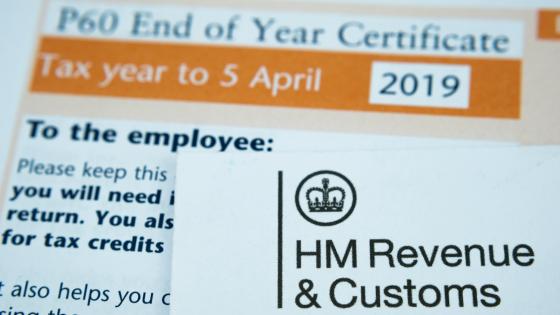DP13629 On the Macroeconomic and Fiscal Effects of the Tax Cuts and Jobs Act
There is substantial disagreement about the consequences of the Tax Cuts and Jobs Act (TCJA) of 2017, which constitutes the most extensive tax reform in the United States in more than 30 years. Using a large-scale two-country dynamic general equilibrium model with nominal rigidities, we find that the TCJA increases GDP by about 2% in the medium-run and by about 2.5% in the long-run. The short-run impact depends crucially on the degree and costs of variable capital utilization, with GDP effects ranging from 1 to 3%. At the same time, the TCJA does not pay for itself. In our analysis, the reform decreases tax revenues and raises the debt-to-GDP ratio by about 15 percentage points in the medium-run until 2025. We show that combining the TCJA with spending cuts can dampen the increase in government indebtedness without reducing its expansionary effect.


